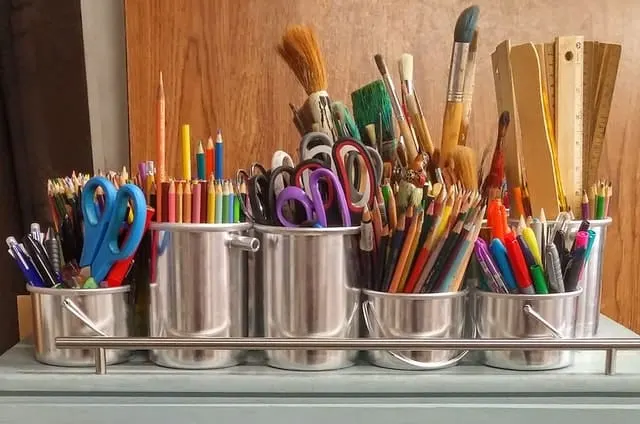Learning math with a tutor is a complex process for many children. It can be entertaining to keep up with all the new concepts thrown at us every day, from memorizing multiplication tables to calculating the cost of groceries. Fortunately, there are ways parents can help their children learn better and become more confident in their math skills. There are some helpful tips on how parents can support their kids through this tough time in this article.
Help Your Kid With Counting
Just learning to count is boring. All kinds of number games will help us. You can begin with – complicated walkers with 2-3 dice (when in one move, the maximum is 18 points, not 6), then – a variety of dice games where you need to count points.
The most straightforward game we know is called “one”: the players take turns rolling one die (or two, or three), trying to get to a hundred points. The streak is interrupted when the player has at least one 1: in this case, the points for this streak are burned out, and you need to stop in time.
We highly recommend poker dice. There are several combinations in this game, each of which must be thrown out in three tries, and these attempts can be saved. The players make moves, and in turn, the one who first performs all the combinations wins. In addition to the simple skill of adding points, poker gradually develops a keen understanding of randomness and probability, calculated risk, and odds. Even a six- or seven-year-old can learn to play this kind of poker.
Learning to Understand the Task
You need to highlight what is essential for the condition of the problem and schematically depict it in the picture to schematize well. First, we learn to highlight the main thing. These are the famous “what’s too much?” Games, in which there may be several answers. Watermelon, stork, apricot, grapes – what is superfluous? It depends on what criterion.
There are beautiful tasks that are cluttered with unnecessary data or lacking prerequisites in Peterson’s textbook. The author asks to find and highlight only those conditions needed for the solution, and if they are not there, indicate what is missing in the assignment. You can proceed to schematization after a kid learns to see the problem.
Work With Kids’ Logics
A person with logic cannot be confused by any propaganda or advertising, and he will not be confused by evil phishing. Kids are much better oriented in the world around them.
You can start from simple syllogisms, which sometimes sound funny, but lead to understanding essential things. For example, after hearing someone say “boys don’t cry,” a child might clarify: “some or all?”
Suppose children do not pass the concept of a set. It is worth at least a little bit to draw “circles” (it is unnecessary to introduce all the pictures immediately) and solve the related issues: here are the girls, here are the dogs, and here are those named Ashley. Where are the girls whose name is not Andrew? Where are the girls? Where is the cat?
Develop Imagination
Imagination is essential for everything related to mathematics and logic—especially the ability to think in images.
We love the game in which a parent and a child take turns asking each other “graphic riddles” that do not have an exact answer. Each draws a series of incomprehensible geometric shapes or combinations (a point in a triangle, lightning, and a circle), and the other draws them in to obtain a picture. The cleverer the decision, the more pleasure both players get.
It’s not about completing tasks. Although all these sets can be used like that, it’s about creativity from the available details and the ability to see the image.
You can also cut out snowflakes, paint symmetrical butterflies and men, come up with codes, draw labyrinths and maps – math imagination.
The Reasoning is Crucial Too
Joint reasoning is valuable because it brings the child and parent closer together and shows how the thinking process goes. It doesn’t have to be tremendous and automatic, and it has dead ends, unexpected turns. “Our initial assumption is incorrect, which means that you need to go not along road 1, but a long road 2.”
It is also helpful in school mathematics when you need to get the proofs of theorems. The only thing that is well remembered is what went through his mind when he could repeat other people’s reasoning and, you know, every turn in them.
Final Thoughts
Do you have a child who can’t cope with math homework? The tips mentioned in this article may be of help if so. These neuroscience principles are designed to improve your child’s memory and comprehension through tasks that can quickly be done at home or school without expensive equipment. They’re simple steps anyone can take to boost their brainpower for better grades!
- Sagittarius Man & Gemini Woman Love and Sex Compatibility - January 31, 2024
- Taurus Ascendant Rising Personality Traits in Men (Guide) - January 31, 2024
- How to Seduce and Attract a Sagittarius Man (Seduction Tips) - January 31, 2024

